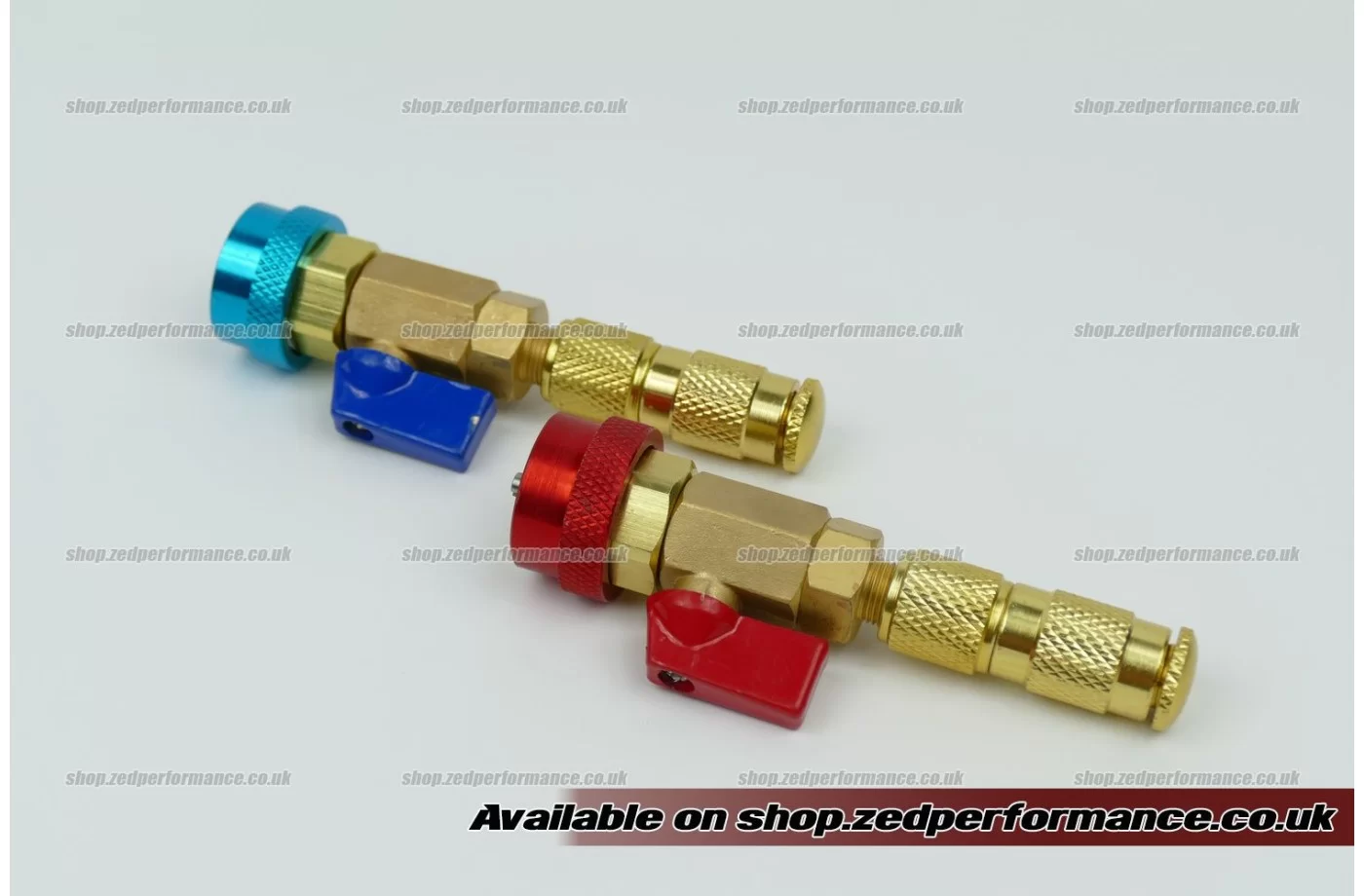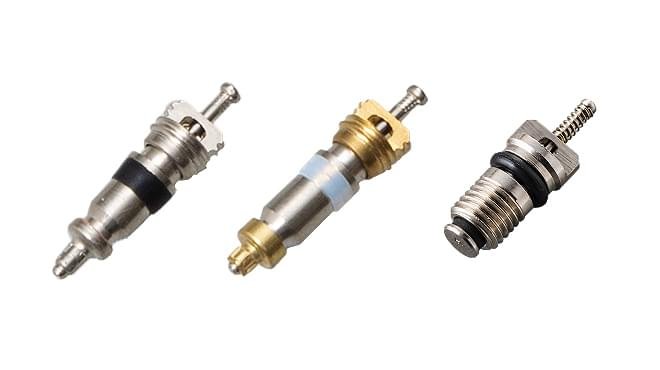This tiny component plays a crucial role in maintaining optimal tire pressure, ensuring smooth rides and fuel efficiency. In this blog post, we will delve into the world of valve cores: from their functions and types to common issues, replacement guides, maintenance tips, and how to choose the right one for your needs. Let’s unlock the secrets of valve cores together!
Valve Core Explained Understanding Its Function and Importance
At the heart of every tire’s air retention system lies the unassuming valve core. This small, but mighty component is responsible for maintaining proper tire pressure by sealing off the airflow within the tire. Without a functioning valve core, your tires would quickly lose their air and compromise performance.

When you inflate your tires, the valve core ensures that the pressurized air stays put, allowing you to enjoy safe and efficient travels on the road. It acts as a gatekeeper, regulating airflow in and out of the tire to keep it at optimal pressure levels.
In essence, without a properly working valve , your tires would be susceptible to underinflation or overinflation which can lead to decreased fuel efficiency, uneven wear patterns, and even safety hazards on the road. Next time you fill up your tires with air, remember to appreciate this tiny yet vital component – the valve core!
Types of Valve Cores Different Varieties for Various Applications
Valve cores come in various types, each designed to suit different applications and requirements. The Schrader valve is the most common type found in automotive and bicycle tires, known for its reliability and ease of use. For high-pressure applications like HVAC systems or industrial equipment, a metal valve might be more suitable due to its durability.
In contrast, refrigeration systems often use brass valve due to their resistance to corrosion and leakage. For specialized applications like nitrogen charging or hydraulic systems, there are specific types optimized for performance and longevity. It’s essential to select the right valve for your particular needs to ensure optimal functionality and prevent unnecessary issues down the line.
Whether you’re servicing a car tire or a complex industrial system, understanding the different varieties of valve cores available can help you make informed decisions when it comes to maintenance and replacements.
Common Issues with Valve Cores Identifying and Addressing Problems
Valve cores play a crucial role in maintaining optimal tire pressure, but they can sometimes encounter issues that impact their performance. One common problem is air leakage around the valve core due to wear and tear or improper installation. This can lead to gradual loss of pressure and affect your vehicle’s handling.
Another issue is a damaged or worn-out valve core, which can result in difficulties inflating or deflating tires efficiently. Identifying these problems early on is essential for preventing further damage and ensuring safety on the road. Regular inspections of valve cores are key to catching these issues before they escalate.
Addressing valve core problems often involves replacing the faulty component with a new one that meets the manufacturer’s specifications. Proper installation techniques must be followed to prevent future issues and ensure a secure fit. By staying vigilant and proactive in addressing common valve problems, you can maintain optimal tire performance and prolong the lifespan of your valves.
Valve Core Replacement Step-by-Step Guide for Maintenance
When it comes to maintaining your valve , knowing how to replace it correctly is essential. Here is a step-by-step guide to help you through the process.
Make sure you have all the necessary tools on hand: a valve core removal tool, replacement valve , and a pressure gauge. Start by deflating the tire completely before removing the old valve using the removal tool.
Next, inspect the inside of the valve stem for any debris or damage that may have caused issues with the previous valve core. Clean out any dirt or grime present before inserting the new valve securely into place.
Use the removal tool again to tighten and secure the new valve in position. Once that’s done, inflate your tire back to its recommended pressure level using a pressure gauge for accuracy.
Double-check for any leaks by applying soapy water around the valve area – if bubbles appear, there might be an issue with installation that needs addressing.
Choosing the Right Valve Core Factors to Consider for Selection
When it comes to selecting the right valve for your application, several factors should be taken into consideration. Consider the type of refrigerant or gas being used as different valve are designed to handle specific substances. Think about the operating pressure and temperature range of your system to ensure compatibility with the chosen valve core.

Additionally, evaluate the flow rate requirements of your system as this will influence the size and type of valve needed. It’s also important to consider any special features required such as anti-leak properties or corrosion resistance depending on environmental conditions. Don’t forget about installation ease and maintenance requirements when making your decision.
By carefully considering these factors, you can select a valve that is best suited for your needs and ensure optimal performance of your system in the long run.
Valve Core Care and Maintenance Tips for Prolonging Lifespan
Proper care and maintenance of your valve core can significantly extend its lifespan, ensuring optimal performance for your equipment. One essential tip is to regularly check the valve core for any signs of wear or damage. Inspect it for corrosion, leaks, or debris that may affect its functionality.
Another crucial aspect of valve care is to keep it clean. Dirt and grime can interfere with the sealing mechanism, leading to leaks and inefficiencies. Use a mild detergent or specialized cleaning solution to gently wipe down the valve core and remove any buildup.
Additionally, make sure not to over-tighten the valve when installing it back into the valve stem. This can strip the threads and compromise the seal integrity. Use a torque wrench if necessary to ensure proper tightening without causing damage.
Consider investing in high-quality replacement valve when needed. Cheap or low-quality cores may not provide a secure fit or long-lasting performance. Opting for reputable brands will help maintain your equipment’s efficiency in the long run.
Conclusion:
Valve cores may be small, but they play a crucial role in maintaining the integrity and functionality of various systems that rely on them. Understanding the importance of, knowing how to properly install and maintain them, and being aware of common issues can help ensure optimal performance.
By following best practices for valve core installation, selecting the right type for your specific application, and implementing proper care and maintenance techniques, you can extend the lifespan of your valve cores and minimize the risk of potential problems down the line.
Remember, taking proactive steps when it comes to maintenance can save you time, money, and headaches in the long run. So next time you’re dealing with, keep these tips in mind to keep everything running smoothly.
